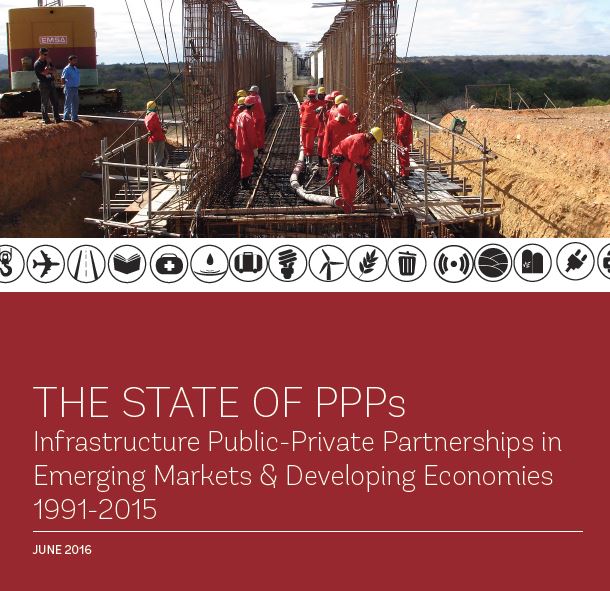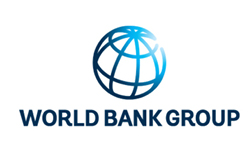748 results found
Featured results



More results
We are pleased to share the findings of an infrastructure investment study, released today by the Global Infrastructure Hub (GI Hub) and EDHEC Infrastructure Institute-Singapore (EDHECinfra). The global study, which looked to identify investor expectations for the sector, found that investors have an increasing appetite for infrastructure including in emerging markets, with the number of investors looking for exposure to emerging markets set to more than double over the next 3-5 years.
The Logistics Performance Index has provided valuable information for policy makers, traders, and other stakeholders, including researchers and academics, on the role of logistics for growth and the policies needed to support logistics in areas such as infrastructure planning, service provision, and crossborder trade and transport facilitation.

GI Hub CEO Chris Heathcote appeared at the Asian Infrastructure Investment Bank’s (AIIB) first annual meeting on June 25-26. Mr Heathcote appeared on a panel discussing ‘Infrastructure and Global Economic Growth’.
The PFRAM, developed by the IMF and the World Bank, is an analytical tool to assess the potential fiscal costs and risks arising from PPP projects.


This report uses data from the PPI Database to analyze broad trends of PPP investment in infrastructure from 1991 to 2015.


The Infrastructure Prioritization Framework is a multi-criteria decision support tool that considers project outcomes along two dimensions, social-environmental and financial-economic to inform project selection.

The MDBs’ Joint Declaration of Aspirations on Actions to Support Infrastructure Investment is a tool developed to ensure that MDBs work together to scale up infrastructure investment and attract private sector investment.


This publication discusses financial viability support in the global landscape of infrastructure finance.


UN ESCAP supports governments in Asia-Pacific in implementing measures to efficiently involve the private sector in infrastructure development.
The Secretariat of the Program of Investment Partnerships (SPPI), together with the National Institute of Metrology, Quality and Technology (Inmetro), has prepared The Accreditation Program for the Inspection of Infrastructure Projects.




The procurement guidelines were introduced in April 2015 by ADB. The purpose of these Guidelines is to inform those carrying out a project that is financed in whole or in part by a loan from the Asian Development Bank (ADB), ADB-financed grant, or ADB-administered funds.


The World Bank Group developed this tool to help governments systematically prioritise infrastructure investments to achieve their development goals, taking into account capacity and public resource constraints.

Speaking before the G24 forum of developing countries in Colombia, the Global Infrastructure Hub called on public and private sector actors to increase efforts to understand each other’s priorities in order to structure infrastructure projects that can attract private financing.





 ??
??






